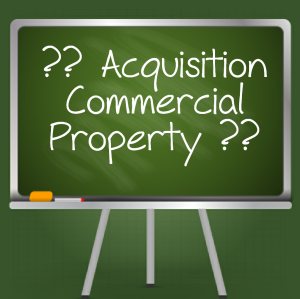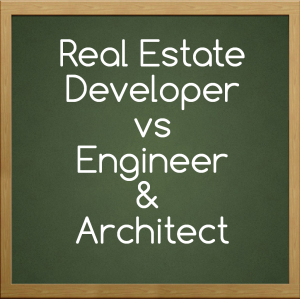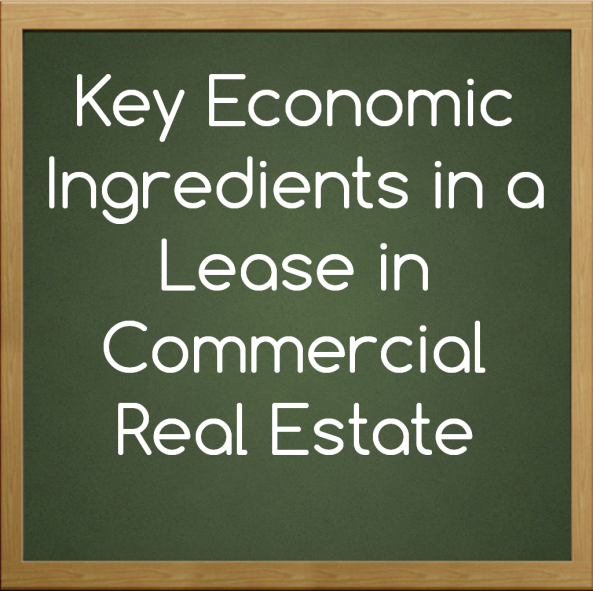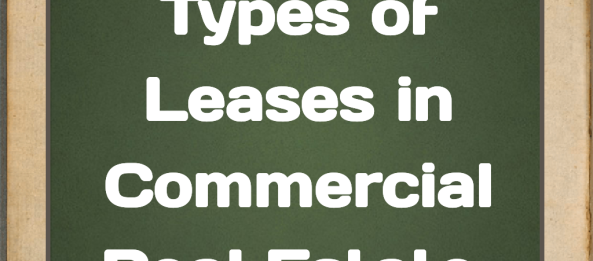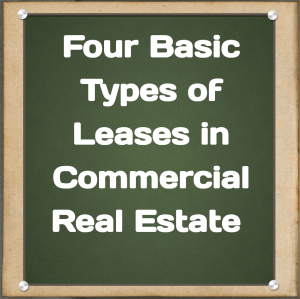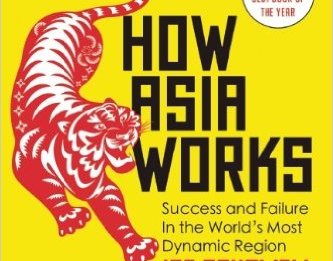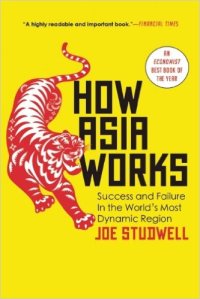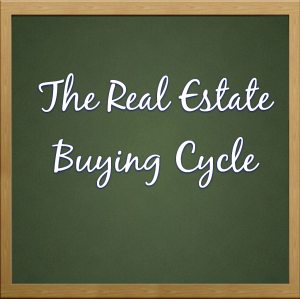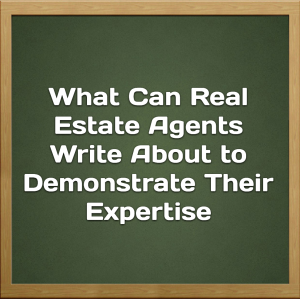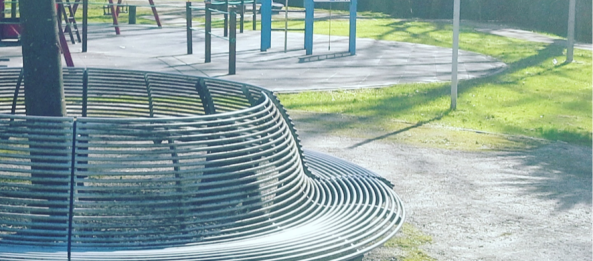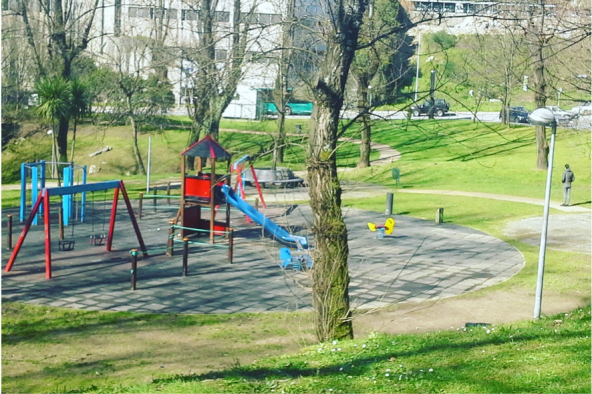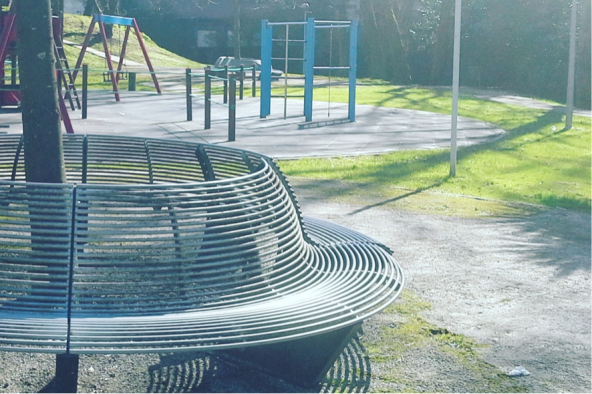Spend time on the initial screening of a project to verify whether you desire to move forward, because the next steps are expensive.
In the real estate game, your focus must be on problem identification. Every project has its weaknesses. The successful real estate entrepreneur identifies the problem areas and figures out ways to eliminate or mitigate those issues. It is now time to play 15 questions.
1. What is the seller motivation for selling the project?
2. Should you go see the project? It is essential that it be seen before the buyer makes a firm commitment. If the property is around the corner, of course, go view it. If the property is far, do more analysis before go to see it. A lot can be accomplished much more efficiently at your desk rather than by running off to view the dirt.
3. Should the area surrounding the project be viewed? It is essential that you view the neighborhood surrounding the project. If there is a toxic dump next to the project, or boarded-up buildings, or a run-down nursing home that emits an unpleasant odor.
4. What is the purchase price per square meter in comparison to reproduction cost per square meter?
5. What is the market rental rate? Determining this factor might involve discussions with leasing brokers or other knowledgeable sources. Are any concessions, such as free rent or tenant improvement allowances, being given to lease space? If so, what is the typical concession.
“In the real estate game, your focus must be on problem identification.”
6. What is the vacancy factor in the project? What is your perception as to how easily the vacancy can be filled, at what rent, and at what cost?
7. How are the tenants doing? This is particularly important for any anchor tenants. What is the creditworthiness of the tenants? What, if any, tenants are likely to default?
8. What is the net cash flow? What is the cash-on-cash return? Is the net cash flow sufficient to induce your investors to support this project?
9. What, if any, fix-up expense does the project need? Does the project need only cosmetic repairs, such as paint and landscaping, or is a more extensive facelift required? Are there any major structural issues or other major expenditures needed?
10. Are there any environmental issues? If the site contains or contained a gas station or a dry cleaner with a plant, this matter becomes highlighted.
“Every project has its weaknesses. The successful real estate entrepreneur identifies the problem areas and figures out ways to eliminate or mitigate those issues.”
11. What is the status of the financing? Must the borrower obtain new financing or can an existing loan be assumed at favourable rates? If new financing must be obtained, can the existing loan be repaid and at what cost?
12. What is the gross amount of cash that must be invested in the project?
13. What is your investor reaction to the project?
14. Are there any natural hazards that you must be concerned about, for example, earthquakes, hurricanes or floods?
15. Are there physical problems associated with the project, for example, a lack of adequate parking or shop space with depths that are not workable for the majority of potential tenants?

